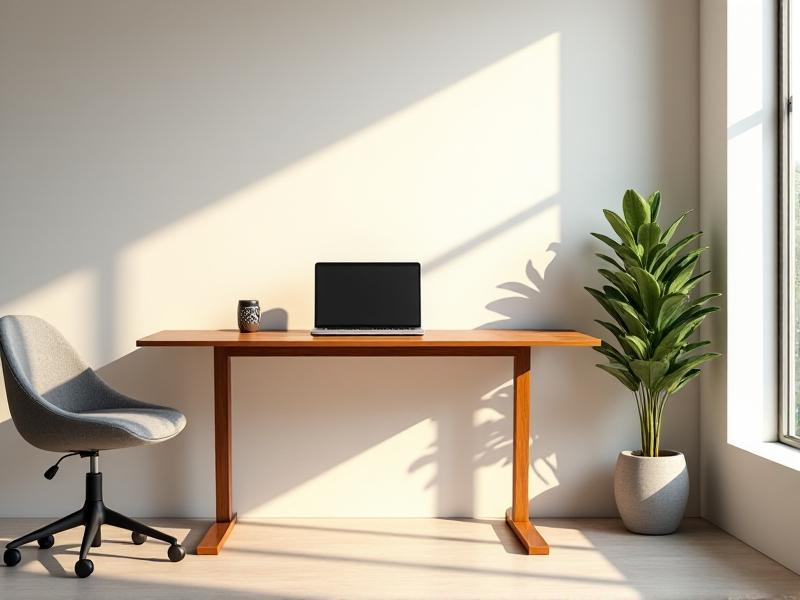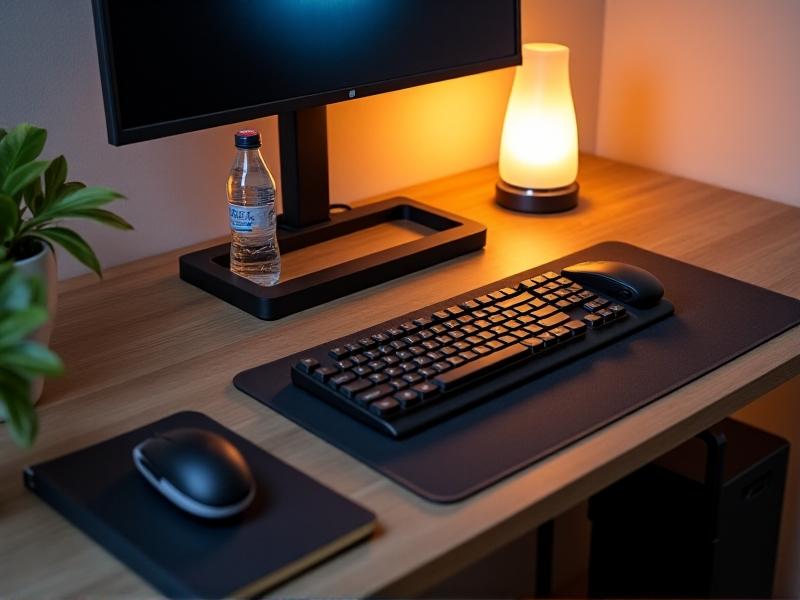```html
Why Transition to a Standing Desk?
Modern work habits have tethered many of us to chairs for hours on end, contributing to a sedentary lifestyle linked to health risks such as obesity, cardiovascular disease, and musculoskeletal disorders. Standing desks offer a dynamic alternative, promoting better posture, increased calorie expenditure, and improved focus. Studies, including one published in the
American Journal of Epidemiology
, suggest that reducing sitting time by just 30 minutes daily can lower mortality risk. Transitioning to a standing desk isn’t about eliminating sitting altogether but creating a balanced routine that supports long-term health and productivity.

Preparing Your Workspace for Success
Before diving into the 14-day plan, optimize your workspace. Start by measuring your desk height: your elbows should form a 90-degree angle when typing, and your monitor should be at eye level to avoid neck strain. Invest in an anti-fatigue mat to reduce pressure on your feet and joints. Clear clutter to ensure easy access to essentials, and consider adding a small riser for your laptop if your desk isn’t adjustable. Test your setup by alternating between sitting and standing for short intervals to identify discomfort points. Preparation minimizes friction during the transition, making adherence to the plan smoother.

Days 1–3: Building Initial Tolerance
Start with short standing sessions of 15–20 minutes every hour. Use a timer to remind yourself to switch positions. Focus on posture: shoulders relaxed, feet hip-width apart, and weight evenly distributed. If fatigue sets in, sit down immediately—this phase is about acclimating, not endurance. Track how your body responds; slight muscle tension is normal, but sharp pain signals a need to adjust your setup. Pair standing with low-intensity tasks like checking emails or phone calls to associate the habit with ease rather than strain.

Days 4–7: Gradual Increase in Standing Time
By day four, aim for 30–45 minutes of standing per hour. Introduce movement—shift your weight, take micro-steps, or do calf raises. Experiment with desk height adjustments to find what feels most natural. If possible, alternate between sitting and standing every 30 minutes. Incorporate tasks that require creativity or problem-solving during standing intervals, as studies suggest upright postures may enhance cognitive performance. By the end of week one, your body should begin adapting to the new routine, though discomfort may still arise—adjust as needed.

Days 8–14: Finding Balance and Refinement
In the final phase, aim for a 50/50 split between sitting and standing. Listen to your body—some days may require more sitting, others more standing. Integrate tools like a footrest or balance board to keep muscles engaged. Reflect on improvements in energy levels or posture, and fine-tune your setup accordingly. By day 14, the goal is to establish a sustainable rhythm that feels intuitive rather than forced, setting the stage for long-term adherence.
Ergonomic Essentials for Standing Desks
Proper ergonomics are non-negotiable. Ensure your monitor is 20–30 inches from your eyes, with the top third at eye level. Use an external keyboard and mouse to maintain neutral wrist positions. If your desk isn’t programmable, mark height settings with tape for quick adjustments. Anti-fatigue mats with slight cushioning and textured surfaces encourage subtle movement, reducing joint stress. Footwear matters too—opt for supportive shoes or go barefoot if your environment allows.
Incorporating Movement and Stretching
Static standing can be as harmful as prolonged sitting. Schedule hourly stretch breaks: try hamstring stretches, shoulder rolls, or torso twists. Use apps like
Stand Up!
or
StretchMinder
for reminders. Walking meetings or a post-lunch stroll can further break up sedentary periods. Consider under-desk treadmills or pedalers for low-intensity movement while working. The key is to make motion a seamless part of your day, not an interruption.
Troubleshooting Common Challenges
Foot pain? Ensure your mat has adequate cushioning and alternate footwear. Lower back discomfort often stems from locking knees or poor posture—engage your core and soften your joints. Mental fatigue? Pair standing with high-energy tasks like brainstorming. If motivation wanes, enlist a coworker or friend to join your transition journey. Remember, adaptation is personal; adjust timelines and techniques to suit your needs.
Long-Term Maintenance and Health Benefits
Beyond 14 days, continue refining your habits. Track metrics like daily standing time or discomfort levels using apps or journals. Celebrate milestones—improved focus, fewer aches, or better sleep. Research from the
Journal of Physical Activity and Health
notes that standing desk users report higher productivity and reduced lower back pain. Over time, this transition isn’t just about a desk—it’s a commitment to a healthier, more active lifestyle.




